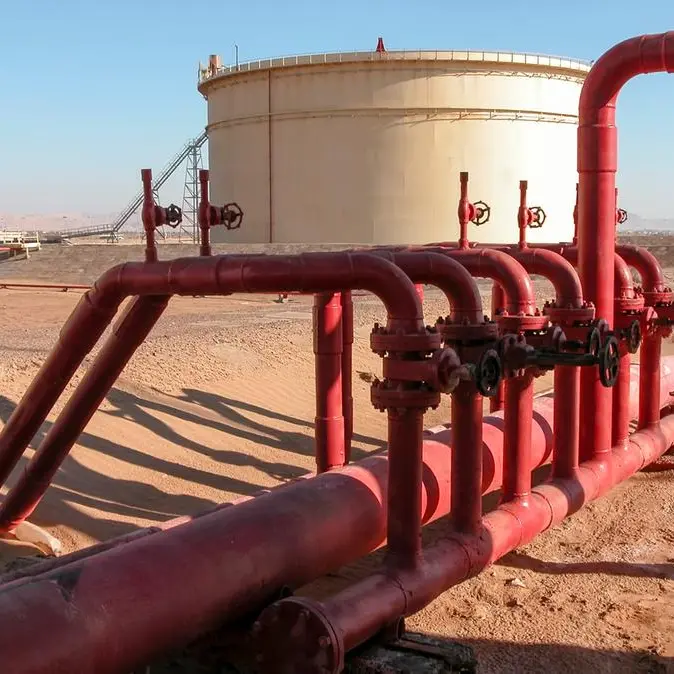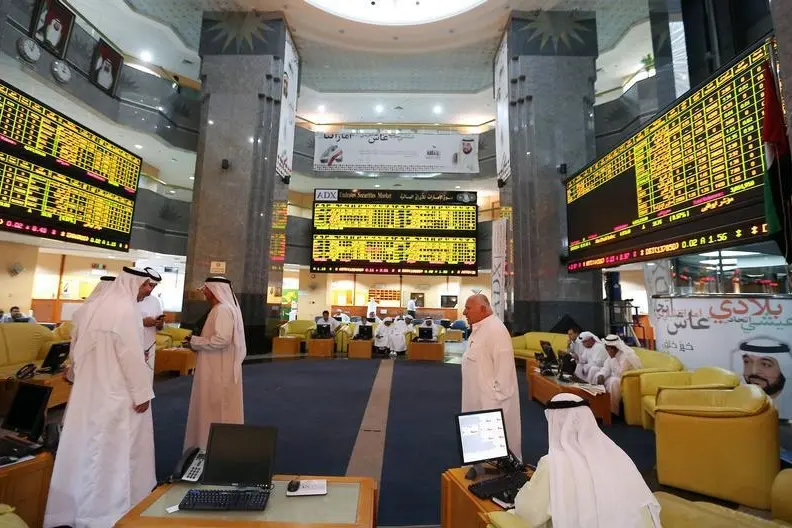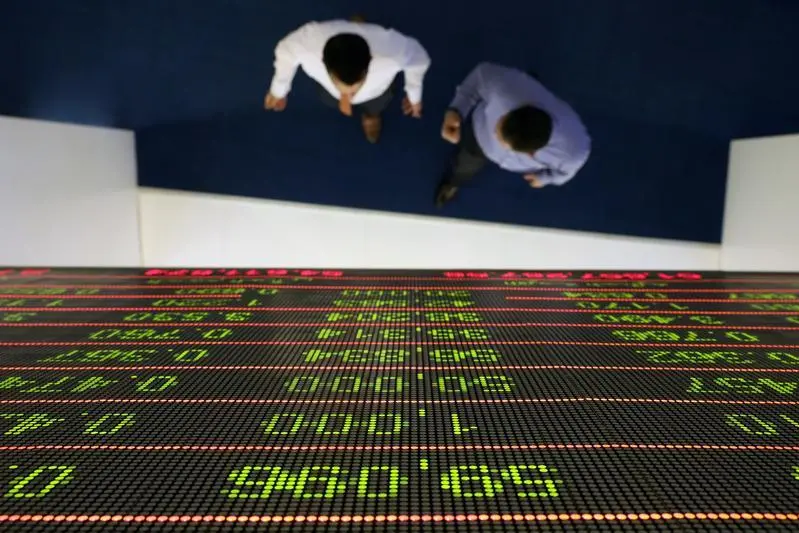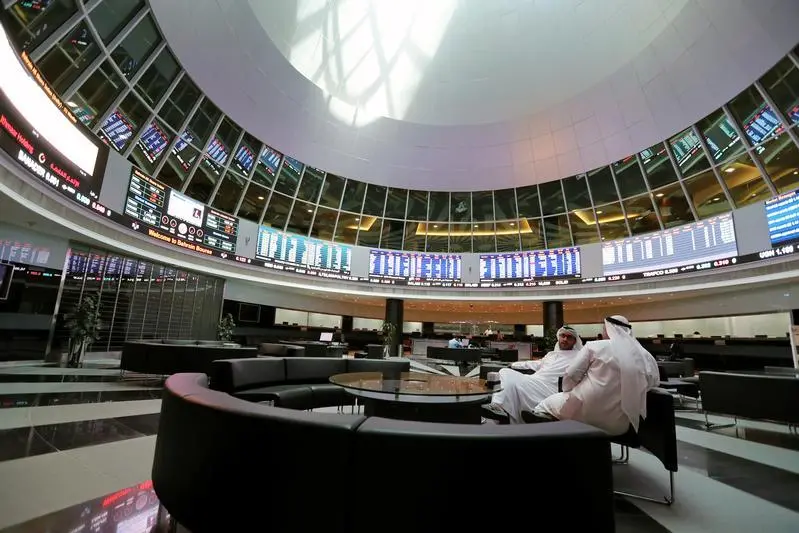PHOTO
Global trade should hit a record $32 trillion for 2022, but a slowdown that began in the second half of the year is expected to worsen in 2023 as geopolitical tensions and tight financial conditions persist, said UNCTAD in a new report.
Despite the war in Ukraine and the lingering impact of the pandemic, trade in both goods and services have seen strong growth this year, according to the latest Global Trade Update
Trade in goods grew 10% from last year to an estimated $25 trillion, due in part to higher energy prices. Services were up 15% to a record $7 trillion.
But the UNCTAD report warns that the slowdown during the second half of this year points to tougher conditions in 2023.
“Economic growth forecasts for 2023 are being revised downwards due to high energy prices, rising interest rates, sustained inflation in many economies, and negative global economic spillovers from the war in Ukraine,” the report says.
“The ongoing tightening of financial conditions is expected to further heighten pressure on highly indebted governments, amplifying vulnerabilities and negatively affecting investments and international trade flows.”
But trade volumes signal resilient demand
Not all the news is gloomy. Despite the slowdown in trade value, overall trade volumes continued to grow throughout 2022 – a signal of resilient global demand, the report says.
“Part of the decline in the value of international trade during the second half of 2022 is due to a decrease in the prices of primary products,” it says.
The report also highlights the positive factors of new trade agreements – such as the Regional Comprehensive Economic Partnership and the African Continental Free Trade Area – and improved logistics.
“Ports and shipping companies have now adjusted to the challenges brought by the COVID-19 pandemic,” it says. “Freight and cargo rates are still higher than the pre-pandemic averages, it says, the trend is downwards.
Supply chain shifts and green transition will affect trade
Two other factors that could affect trade patterns in 2023 are the evolution of global supply chains and the transition towards a greener world economy.
Uncertainties remain high for supply chain operations, the report says. Mitigation strategies – including diversification of suppliers, reshoring, near-shoring and friend-shoring – will likely affect global trade patterns in the coming year.
Meanwhile, the efforts towards building a greener global economy are expected to spur demand for environmentally sustainable products,” the report says, “while reducing the demand for goods with high carbon content and for fossil fuels.
East Asian trade shows resilience
In the third quarter of 2022, the value of global trade in goods was well above the levels of same period in 2021 for both developing and developed countries.
However, on a quarter-by-quarter basis, trade declined in all geographic regions – except for East Asia, which showed considerable resilience.
“When East Asian economies are excluded the more significant decline in developing countries’ trade is remarkable,” the report says.
The report provides indicators for trade performance at the country level, along with analysis and data for major economic sectors.
Copyright 2022 Al Hilal Publishing and Marketing Group Provided by SyndiGate Media Inc. (Syndigate.info).





















